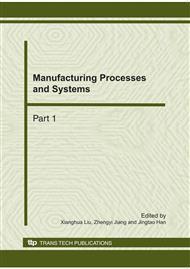p.71
p.75
p.80
p.84
p.92
p.99
p.103
p.108
p.112
Simulation Analysis of Emergency Evacuation on Large Passenger Rail Terminal
Abstract:
Emergency evacuation of large passenger station passenger terminal operations management is an important part of management. In this paper, it use legion simulation software, on the Beijing South Railway Station passenger emergency evacuation simulation test, first introduced the Legion simulation software and simulation process, followed by the design of the total number of 5000 and 10,000 people in different device configurations evacuation simulation program; re-use simulation software legion For each program the simulation analysis, the number of the simulation program evacuation and evacuation density optimization Finally, emergency evacuation measures and proposals for the reasonable development of passenger flow planning and organization of decision support programs.
Info:
Periodical:
Pages:
92-98
Citation:
Online since:
October 2010
Authors:
Keywords:
Price:
Сopyright:
© 2011 Trans Tech Publications Ltd. All Rights Reserved
Share:
Citation:


